Step into a traditional Japanese bedroom and you enter a world where calm reigns, space breathes, and every element is considered. Rooted in centuries of culture and architecture, Japanese bedroom design is more than just aesthetic it’s a philosophy of life. Guided by principles like wabi-sabi (the beauty of imperfection) and ma (the importance of space), these intimate interiors reflect harmony between nature, craftsmanship, and daily living.
A Brief History: From Noble Origins to Everyday Life
Traditional Japanese bedrooms, or washitsu, have evolved over centuries. Originally reserved for nobility during the Muromachi Period (1333–1573), these rooms featured tatami mats and minimalist design as marks of status and refinement. Over time, these elements became accessible to all, shaping the everyday living spaces found throughout Japan. Today, the core features remain cherished for their timeless sense of tranquility and functionality.
Core Elements and Architectural Features
The most distinctive feature is the flooring: tatami mats. Crafted from tightly woven rush straw, tatami not only provides a soft, springy surface but also fills the room with a subtle, earthy fragrance. Rooms are often measured by the number of tatami mats that fit such as a “six-mat room.”
Walls and ceilings are finished in natural clay, wood, or textured plaster, allowing for breathability and an organic feel. Ceilings may be lined with bamboo or woven straw, reinforcing the connection to nature.
Instead of fixed walls, sliding doors shape the space:
- Shoji: Translucent paper and wood lattice doors that gently diffuse sunlight, creating a soft glow.
- Fusuma: Opaque sliding panels, often adorned with understated paintings, used to divide rooms or conceal storage.
Other signature features include:
- Tokonoma (alcove): A recessed space for displaying a hanging scroll or seasonal flower arrangement, often the focal point of the room.
- Ranma (transom): Decorative wooden panels above doors, allowing air and light to flow between rooms.
- Chigaidana (staggered shelves) and tsukeshoin (built-in desk): Hallmarks of shoin-style architecture, perfect for displaying cherished objects or creating a quiet study nook.
Furniture, Storage, and Functionality
Minimalism is at the heart of the Japanese bedroom. The central piece is the futon a foldable mattress laid out on the tatami at night and stored away during the day. This flexibility transforms the bedroom into a multi-use space, ready for rest, study, or quiet conversation.
Other traditional furnishings include:
- Low tables (chabudai): Used for tea, writing, or simple meals.
- Seating: Floor cushions (zabuton) and legless chairs (zaisu) encourage grounded comfort.
- Partitions (byobu or tsuitate): Folding screens that offer privacy or divide space as needed.
- Tansu chests: Elegant, practical storage often built into the walls or hidden behind fusuma.
Storage is seamlessly integrated, keeping the room uncluttered and allowing for easy transitions between daily activities.
Sensory Experience and Rituals
A traditional Japanese bedroom is as much about feeling as it is about form. The scent of tatami, the gentle slide of shoji doors, and the play of morning light all contribute to a peaceful atmosphere. There are also rituals of care: futons are regularly aired in the sun, and tatami mats are rotated and maintained to preserve their texture and fragrance.
Scents play a vital role in the Japanese bedroom, where fragrance is considered part of the atmosphere as much as the design. The gentle aroma of fresh tatami mats, the scent of natural wood, and the seasonal waft of incense or floral arrangements all contribute to a calming environment that encourages rest and mindfulness.
At MyJapaneseWorld.com, we honor this sensory tradition through our collection of home fragrances crafted with natural forest extracts from Japan. Subtle and soothing, these diffusers and sprays are designed to evoke the tranquility of the woods helping you unwind, sleep better, and reconnect with nature, even in the heart of the city.

Etiquette and Everyday Practice
Respect for the space is reflected in daily habits:
- Shoes and even slippers are removed before stepping onto tatami.
- It’s considered impolite to step on someone else’s zabuton.
- Decorations in the tokonoma are changed with the seasons, honoring nature’s cycles.
Room Styles: Shoin and Sukiya
Traditional Japanese bedrooms come in two main styles:
- Shoin-style: Originating in temple study rooms, these spaces feature built in desks, alcoves, and shelves ideal for contemplation and display.
- Sukiya-style: Influenced by the tea ceremony, this style is more rustic and understated, with natural clay walls and unfinished wood, reflecting the spirit of simplicity.
Modern Inspiration: Bringing Japanese Serenity Home
The timeless principles of Japanese bedroom design can be adapted anywhere. Consider adding a tatami mat to your space, using shoji screens as room dividers, or adopting minimalist storage solutions for a sense of calm and order. Even small touches like a simple flower arrangement or a handmade paper lantern can evoke the spirit of a traditional Japanese bedroom.
Experience It Yourself
One of the most immersive ways to experience a traditional Japanese bedroom is by staying in a ryokan (traditional inn), minshuku (guesthouse), or temple lodging in Japan, where the rituals and serenity of these spaces come alive.
A Timeless Invitation to Slow Down
More than just a room, the Japanese bedroom is a quiet ritual—one that invites stillness, gratitude, and presence. Whether it’s the sound of sliding shoji, the touch of bare feet on tatami, or the sight of early morning light filtering through handmade paper, each moment feels intentional.
Our curated collections of handcrafted Japanese homeware reflect the same principles, authentic materials, thoughtful design, and cultural reverence. From artisan-made tea cups to lacquered chopsticks and ceramic sake sets, every object tells a story of balance and simplicity.
Glossary of Common Terms:
- Tatami: Woven straw mats used as flooring.
- Shoji: Translucent sliding doors.
- Fusuma: Opaque sliding doors, often painted.
- Tokonoma: Decorative alcove for art or flowers.
- Zabuton: Floor cushion.
- Zaisu: Legless chair with a backrest.
- Chabudai: Low table.
- Tansu: Traditional storage chest.
- Byobu/Tsuitate: Folding screens or partitions.
Embrace the poetry of the everyday let the Japanese bedroom inspire your own rituals of rest and renewal.




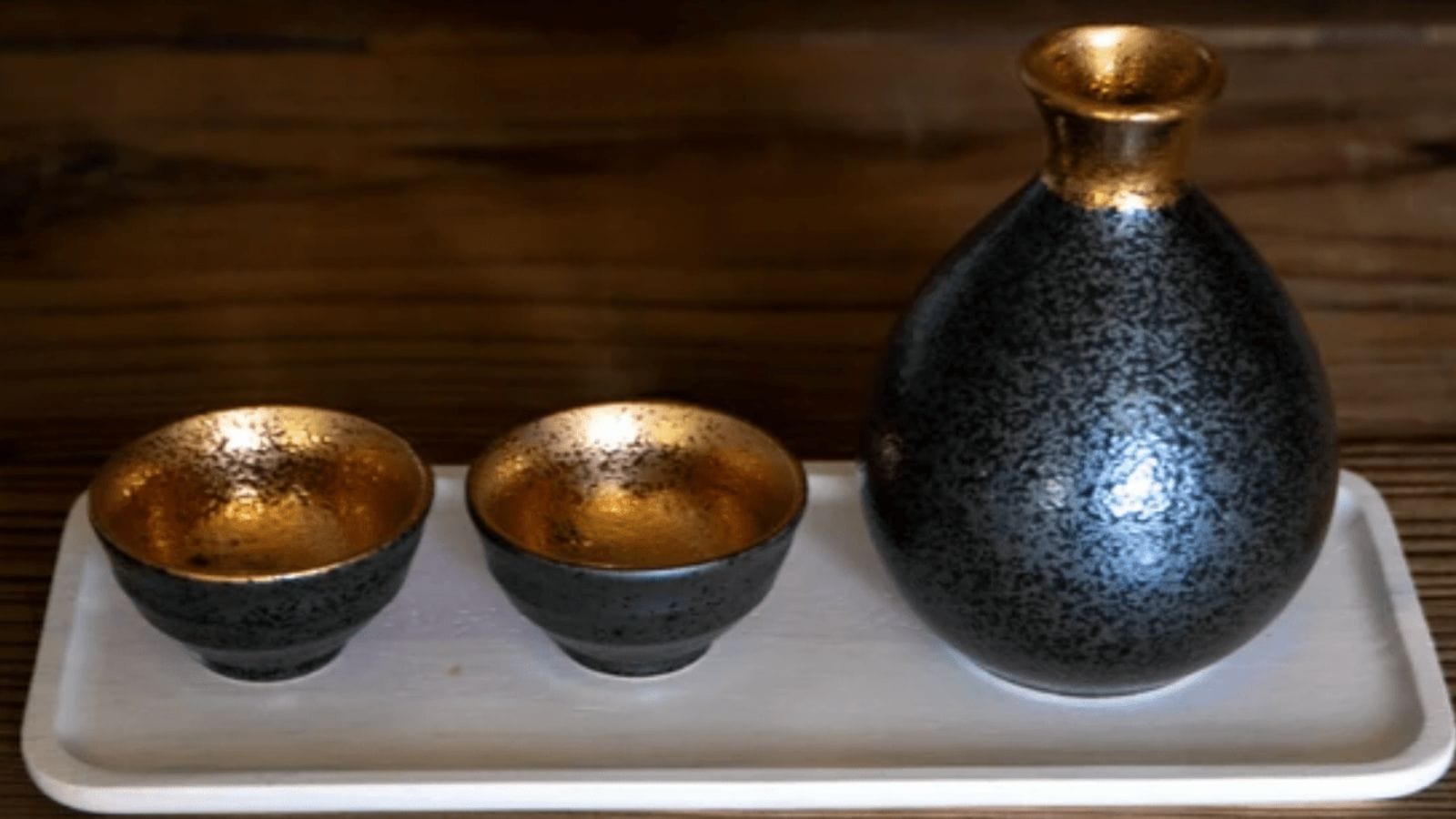






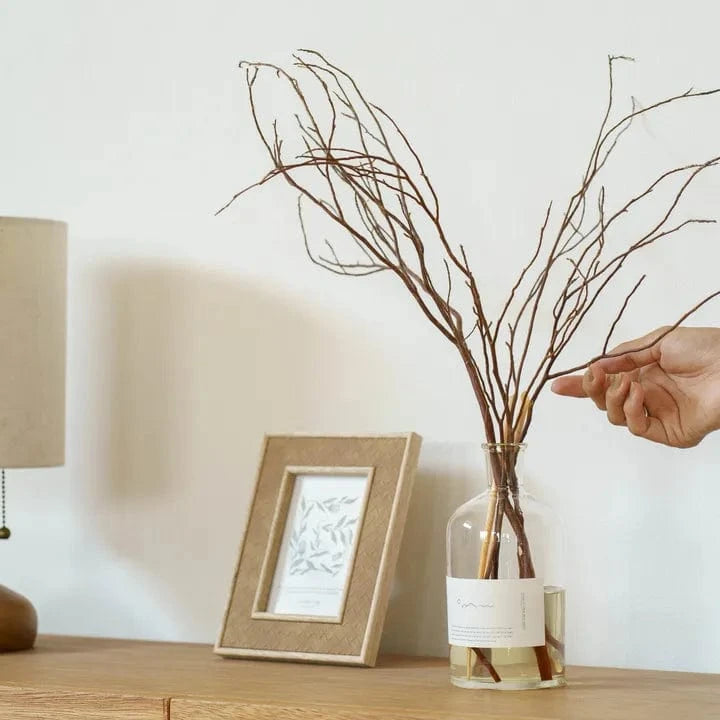
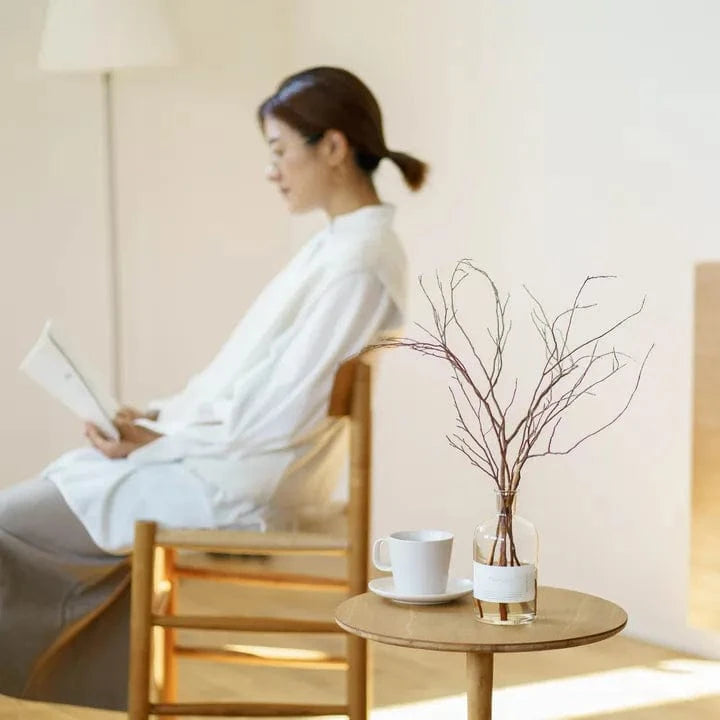
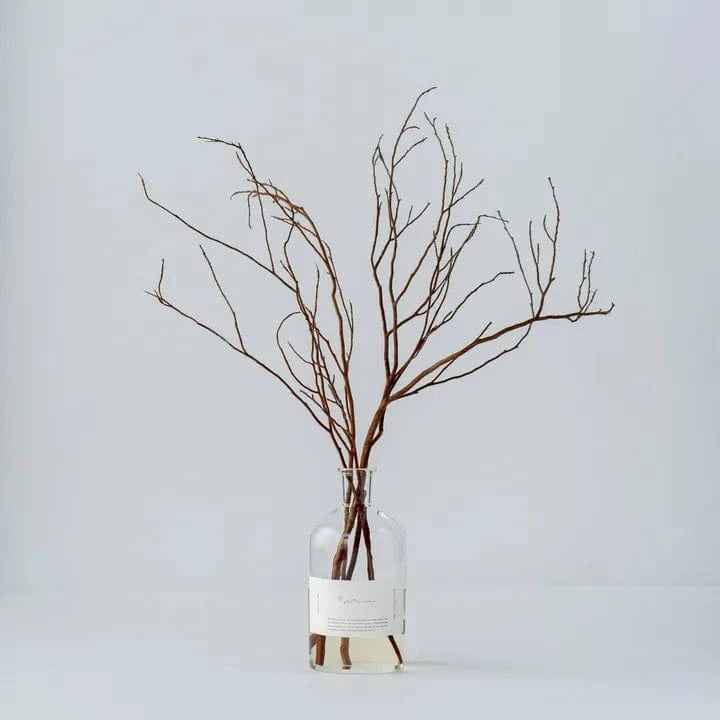





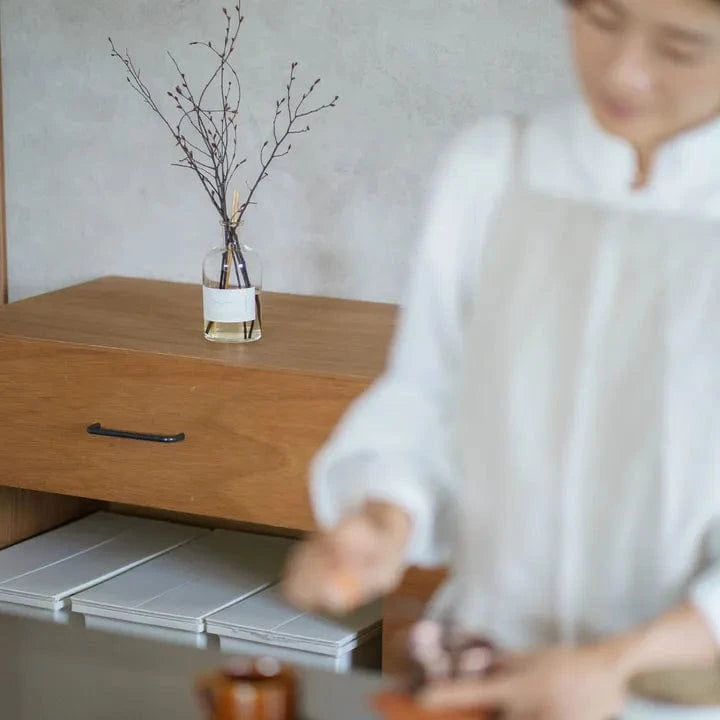
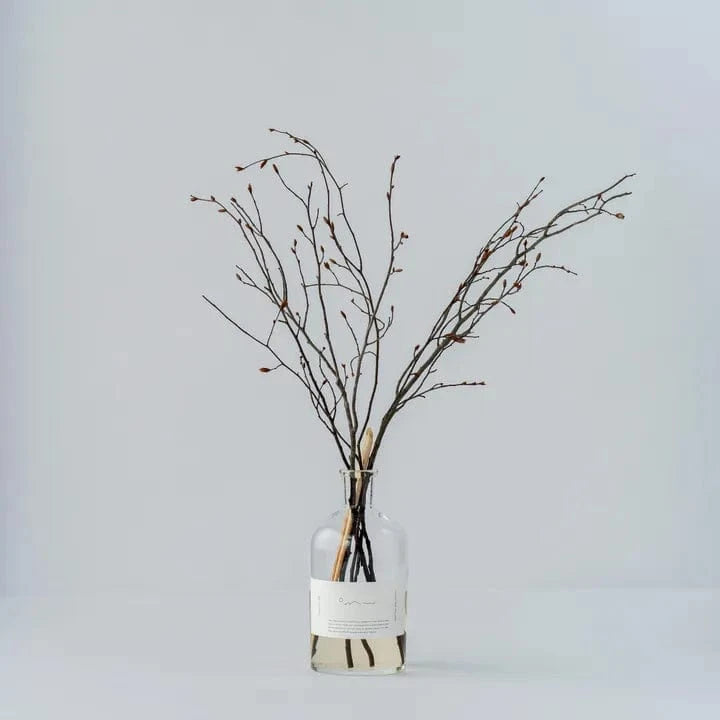
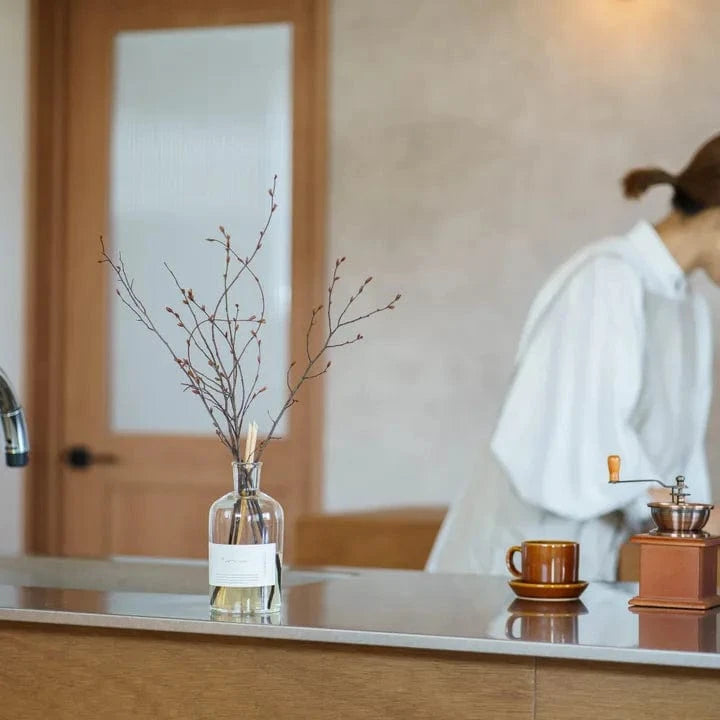

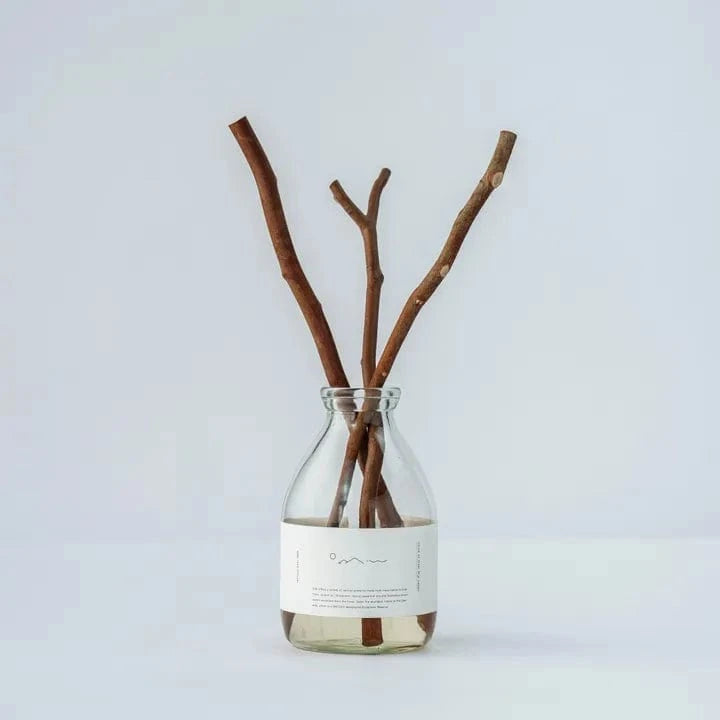


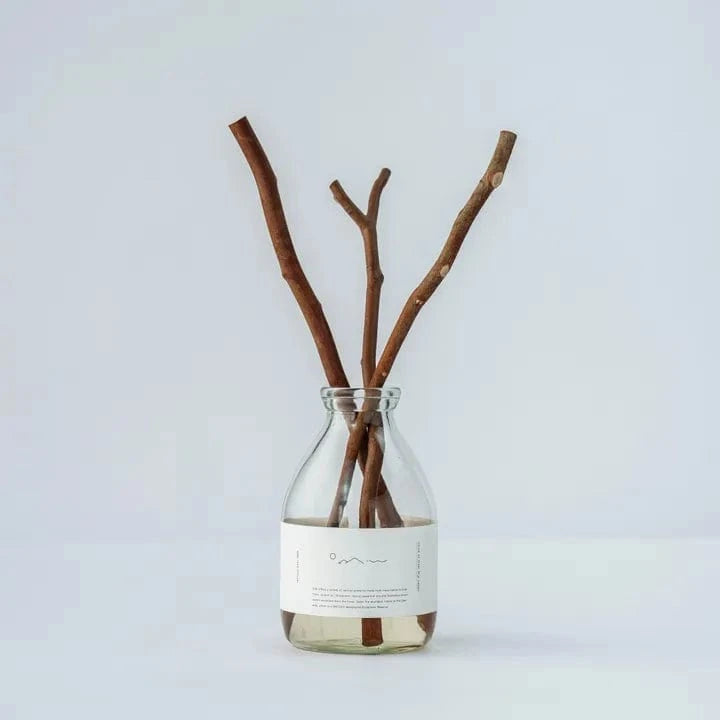


Share: